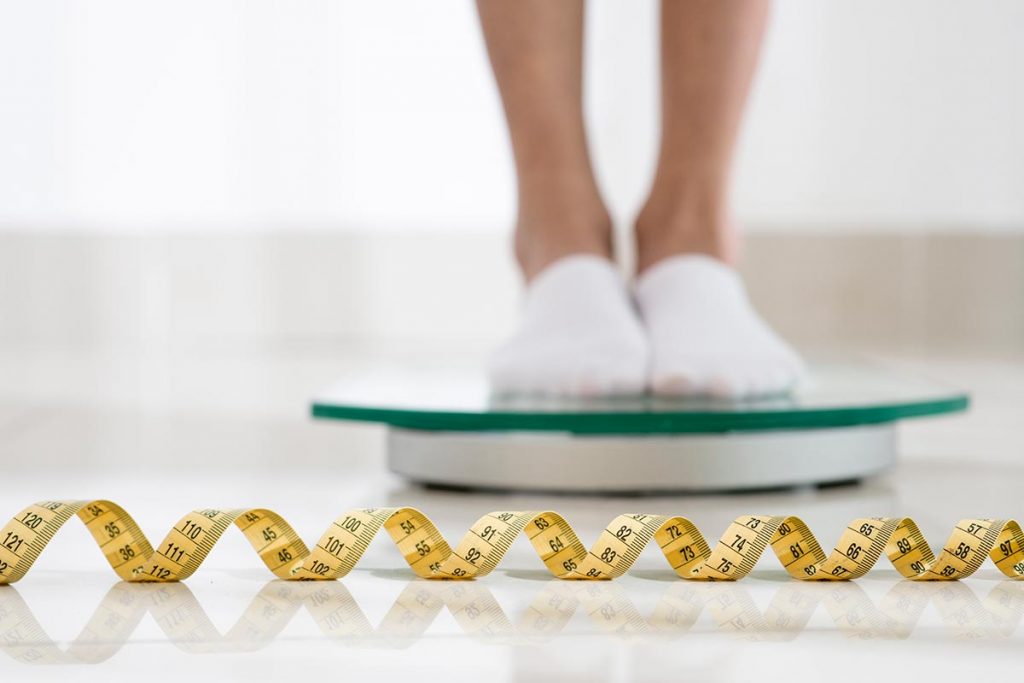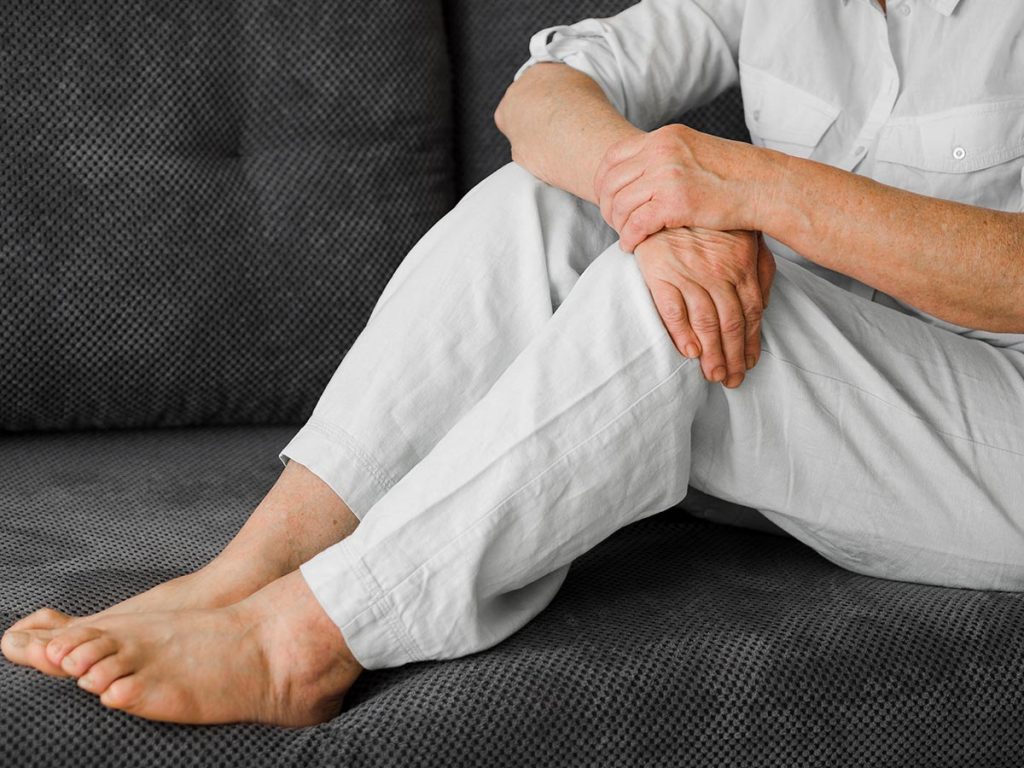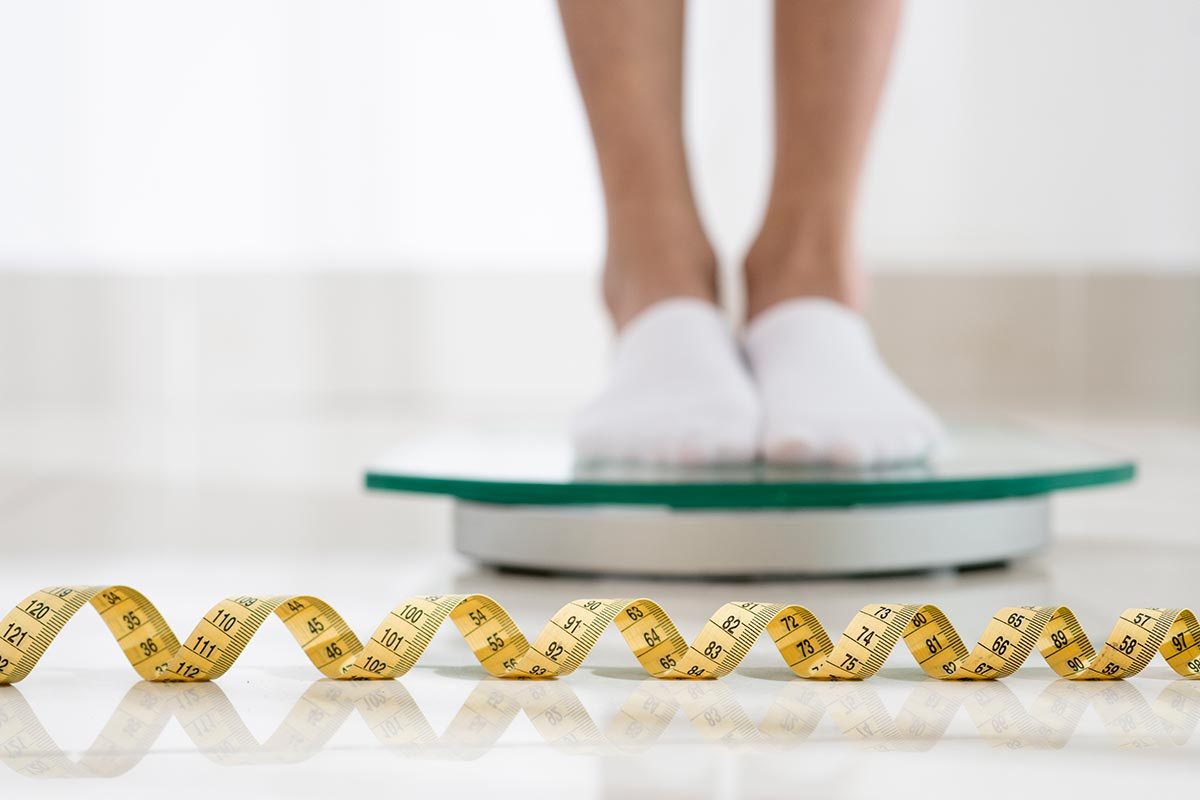
Table of Contents
- What is Obesity?
- Negative Effects of Obesity
- Obesity and Joint Pain
- Making Lifestyle Changes to Support Joint Health
Osteoarthritis in the knees or hips is a common medical condition often considered a disease most common to seniors. However, the National Institutes of Health’s research has found that for every 5 kg (approximately 11 pounds) of weight gain, there is a 36% increased risk of developing degenerative joint disease. This applies to people of every age. Osteoarthritis (OA) affects more than 27 million Americans and can impact any joint. Carrying too much weight puts an increased load on joints which has numerous effects.
What is Obesity?
The Centers for Disease Control and Prevention’s survey found that 73.6% of adults aged 20 years old or older are overweight or obese. Given this statistic, it is not surprising that millions of people of all ages are suffering from the most common effect of obesity on the joints – osteoarthritis (OA).
The global medical community defines obesity as having a body mass index (BMI) of 30 or higher. A person with a BMI of 25.0-29.9 is considered overweight. These are not hard and fast measurements but are meant as guides for identifying health risks associated with fat accumulation in the body.
Obesity is caused by the number of calories consumed exceeding the number of calories expended. When energy from the diet is not burned off, the extra calories are stored as body fat in adipose tissue. There are many factors at play that affect weight and cause weight gain, including genetic makeup, food choices, amount of physical activity, lifestyle and stress.
Negative Effects of Obesity
There are numerous potential negative effects of obesity. Following are a few of the potential complications.
- High blood pressure
- Diabetes
- Fatty liver
- Anxiety and depression
- High cholesterol
- Coronary heart disease
- Low back pain
- Gout
- Arthritis
Obesity and arthritis are closely related. In fact, obesity and knee pain or obesity and hip pain are due to the musculoskeletal system being under stress.
Obesity and Joint Pain

Obesity decreases the quality of life in numerous ways. Following are some facts.
- People who are obese have a high risk of developing arthritis, leading to joint pain and bone deterioration.
- Obesity is associated with a faster progression of osteoarthritis compared to people with a normal weight.
- The most prevalent pain is in load-bearing joints and the lower back.
- Obesity is linked to more severe OA of the knee.
- As joint pain increases, people change how they walk, and muscle weakness develops.
- Obesity impairs general physical functions.
The effects of obesity on bones are concerning for all ages, but they are even more damaging as people age. Research has found that obesity negatively affects bone health in numerous ways.
- Alters regulation of bone hormones
- Increases inflammation and oxidative stress
- Alters bone cell metabolism
- Bone quality decreases, which increases the risk of bone fractures
An osteoclast and osteoblast bone cell imbalance (bone cell metabolism) contributes to osteoporotic fractures.
It becomes a vicious cycle. Obesity and joint pain are closely linked, but so is being overweight. The knee pain overweight people experience is commonly due to osteoarthritis because the additional weight your joints carry causes bone and joint deterioration. Two out of three obese people have osteoarthritis, and over 50% of people requiring total knee replacement due to osteoarthritis are obese. Knee cartilage degrades, the bone and cartilage begin fissuring, bone mineral density and bone volume decrease and fibrous connective tissue develops in response to the joint damage.
Obesity hip pain is not as common as obesity knee pain, but hip joint osteoarthritis is also a risk linked to obesity. Every 10 pounds a person gains places an extra 60 pounds of pressure on each hip. People who are obese are more likely to need a knee or hip replacement and more likely to have complications post-surgery.
Making Lifestyle Changes to Support Joint Health
The ideal way to lose weight is through a combination of dietary changes, increased exercise or physical activity and perhaps behavior therapy. Dietary changes include eating fewer foods with reduced sugar and fat and increasing consumption of fruits and vegetables that support healthy bones and muscles. The best strategy is to consult a doctor who can work with you to develop a weight loss program and treat joint pain. Think of it this way: for every 10 pounds lost, you reduce the damaging pressure placed on joints.
Sources
- https://www.ncbi.nlm.nih.gov/pmc/articles/PMC3623013/
- https://www.cdc.gov/nchs/fastats/obesity-overweight.htm
- https://www.who.int/health-topics/obesity#tab=tab_1
- https://www.health.harvard.edu/staying-healthy/why-people-become-overweight
- https://www.merckmanuals.com/home/disorders-of-nutrition/obesity-and-the-metabolic-syndrome/obesity
- https://www.ncbi.nlm.nih.gov/pmc/articles/PMC3623013/
- https://www.ncbi.nlm.nih.gov/pmc/articles/PMC5385856/
- https://www.ncbi.nlm.nih.gov/pmc/articles/PMC7349942/
- https://www.ncbi.nlm.nih.gov/pmc/articles/PMC5760056/
- https://www.ncbi.nlm.nih.gov/pmc/articles/PMC7652346/
